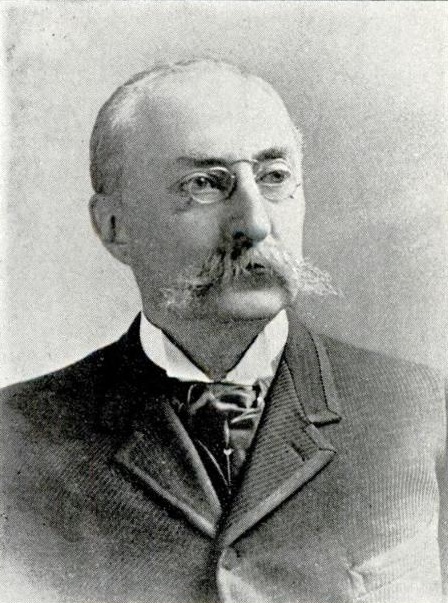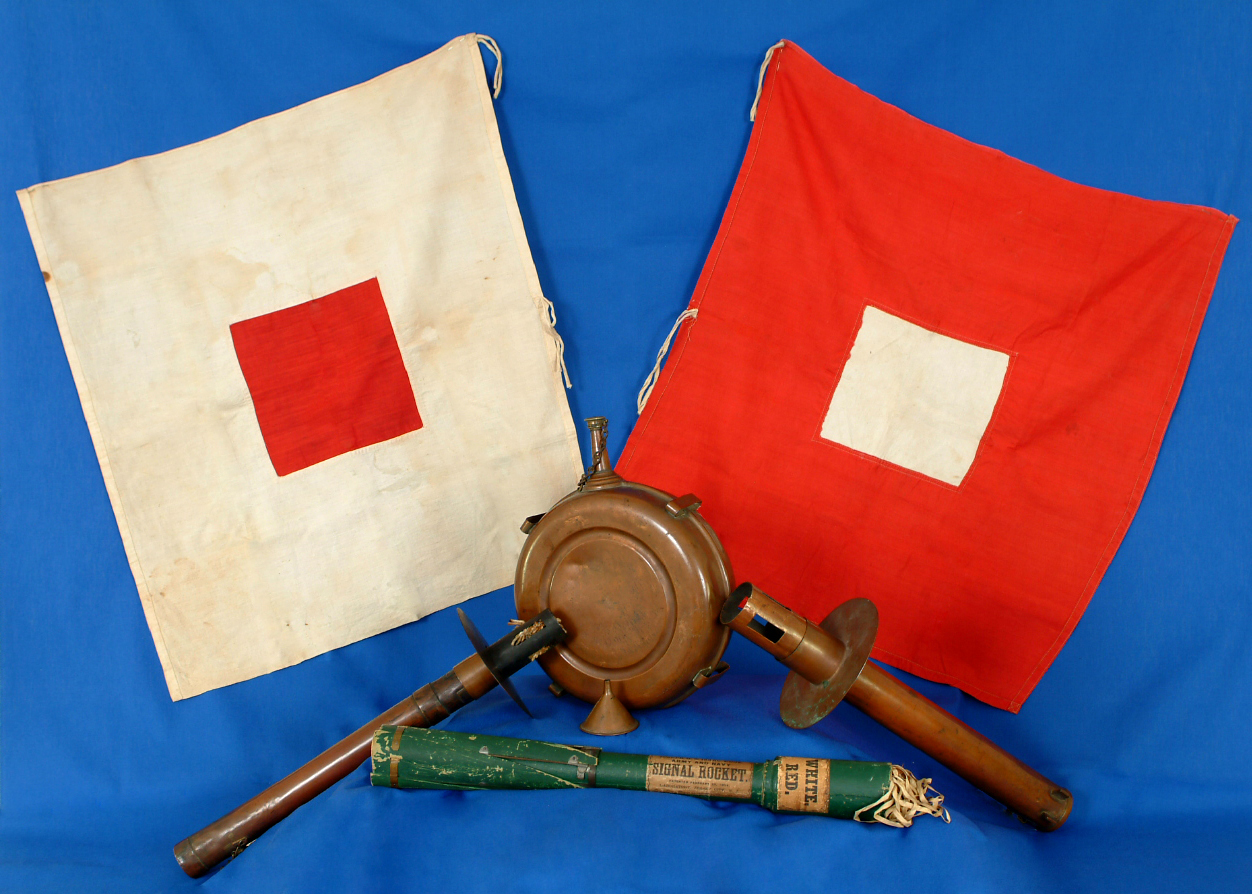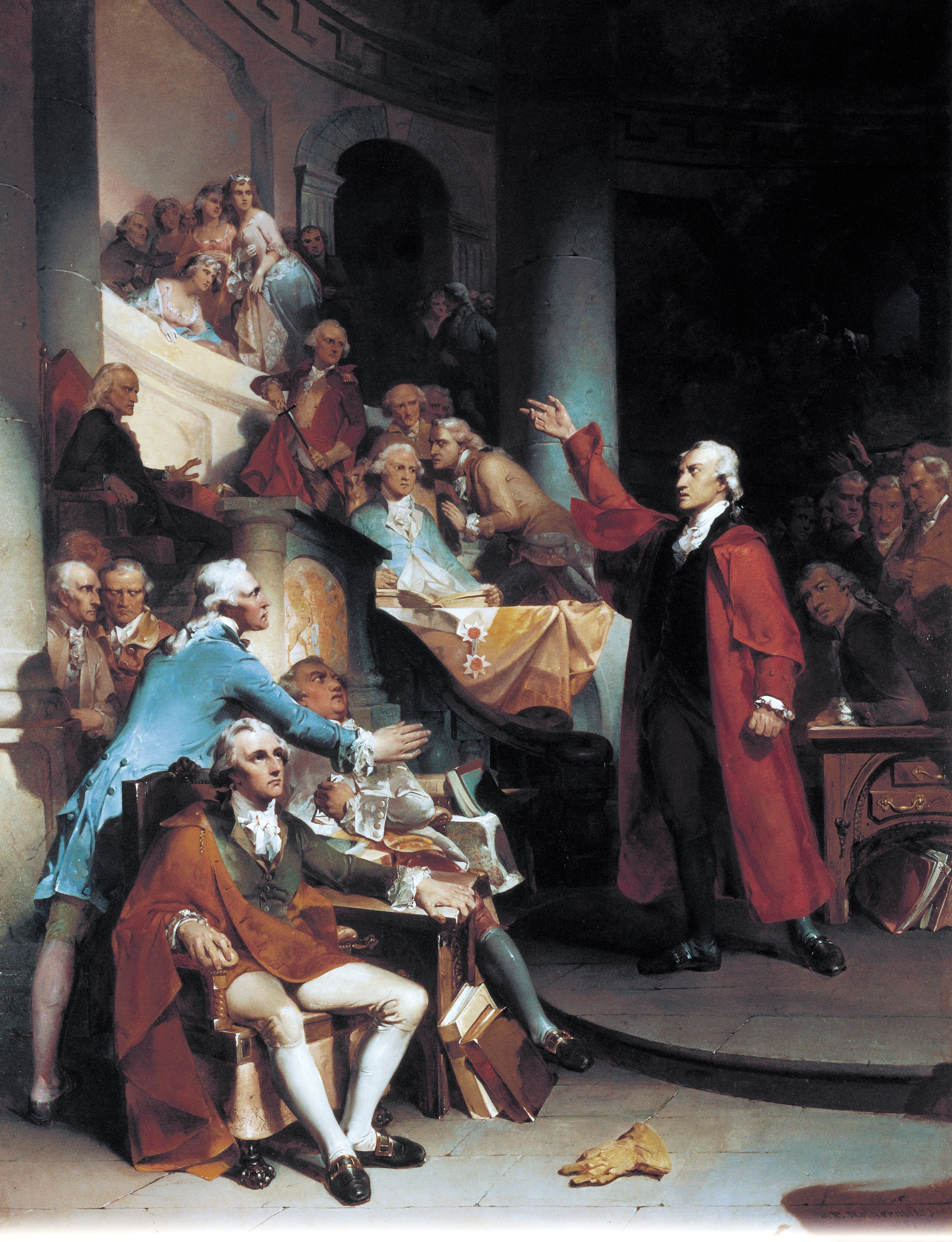|
Garrick Mallery
Garrick Mallery (April 25, 1831 in Wilkes-Barre, Pennsylvania – October 24, 1894) was an American ethnologist specializing in Native American sign language and pictographs. Family His father was Judge Garrick Mallery, who was born April 17, 1784, and graduated at Yale College in 1808. He was a member of the Pennsylvania legislature from 1827 to 1830, and was distinguished for the zeal with which he promoted prison reform. In 1831 he was appointed judge of the third judicial district, composed of the Pennsylvania counties of Berks, Northampton, and Lehigh. He resigned from the bench in 1836 and removed to Philadelphia, where he practiced as a lawyer for many years. He died in Philadelphia on the 6th of July, 1866. Garrick's mother, the judge's second wife, was descended from John Harris, Jr., the founder of Harrisburg, and from William Maclay, one of the first United States senators from Pennsylvania. Education Mallery received an excellent early education and was ... [...More Info...] [...Related Items...] OR: [Wikipedia] [Google] [Baidu] |
Matriculation
Matriculation is the formal process of entering a university, or of becoming eligible to enter by fulfilling certain academic requirements such as a matriculation examination. Australia In Australia, the term "matriculation" is seldom used now. In the late 1960s and early 1970s, all states replaced the matriculation examination with either a certificate, such as the Higher School Certificate (HSC) in Victoria and NSW, or a university entrance exam such as the Tertiary Entrance Exam in Western Australia. These have all been renamed (except in NSW) as a state-based certificate, such as the Victorian Certificate of Education (VCE) or the Western Australian Certificate of Education (WACE). Bangladesh In Bangladesh, the "Matriculation" is the Secondary School Examination (SSC) taken at year 10, and the Intermediate Exams is the Higher Secondary Examination (HSC) taken at year 12. Bangladesh, like the rest of Indian sub-continent, still uses terms such as Matriculation Exams and I ... [...More Info...] [...Related Items...] OR: [Wikipedia] [Google] [Baidu] |
Dakota Territory
The Territory of Dakota was an organized incorporated territory of the United States that existed from March 2, 1861, until November 2, 1889, when the final extent of the reduced territory was split and admitted to the Union as the states of North and South Dakota. History The Dakota Territory consisted of the northernmost part of the land acquired in the Louisiana Purchase in 1803, as well as the southernmost part of Rupert's Land, which was acquired in 1818 when the boundary was changed to the 49th parallel. The name refers to the Dakota branch of the Sioux tribes which occupied the area at the time. Most of Dakota Territory was formerly part of the Minnesota and Nebraska territories. When Minnesota became a state in 1858, the leftover area between the Missouri River and Minnesota's western boundary fell unorganized. When the Yankton Treaty was signed later that year, ceding much of what had been Sioux Indian land to the U.S. Government, early settlers formed a provis ... [...More Info...] [...Related Items...] OR: [Wikipedia] [Google] [Baidu] |
Fort Rice
Fort Rice (Lakota: ''Psíŋ Otȟúŋwahe''; "Wild Rice Village") was a frontier military fort in the 19th century named for American Civil War General James Clay Rice in what was then Dakota Territory and what is now North Dakota. The 50th Wisconsin Infantry Regiment became the garrison in October 1865. Foundation and History The fort was originally established in 1864 by General Alfred H. Sully and was built by him and the 30th Wisconsin Infantry Regiment. This regiment would later be replaced by the 1st US volunteer infantry, consisting mainly of ex-confederate soldiers who had joined the Union. Its location was placed north of the mouth of Cannonball River, and south of Heart River's mouth. The buildings within the fort were made of materials that could be found locally, including cottonwood logs for walls and support, and prairie sod for roofing. The fort was reconstructed in 1868, with the old buildings being torn down and new ones constructed in their stead. The fort bec ... [...More Info...] [...Related Items...] OR: [Wikipedia] [Google] [Baidu] |
Signal Corps In The American Civil War
The Signal Corps in the American Civil War comprised two organizations: the U.S. Army Signal Corps, which began with the appointment of Major Albert J. Myer as its first signal officer just before the war and remains an entity to this day, and the Confederate States Army Signal Corps, a much smaller group of officers and men, using similar organizations and techniques as their Union opponents. Both accomplished tactical and strategic communications for the warring armies, including electromagnetic telegraphy and aerial telegraphy ( "wig-wag" signaling). Although both services had an implicit mission of battlefield observation, intelligence gathering, and artillery fire direction from their elevated signal stations, the Confederate Signal Corps also included an explicit espionage function. The Union Signal Corps, although effective on the battlefield, suffered from political disputes in Washington, D.C., particularly in its rivalry with the civilian-led U.S. Military Telegraph C ... [...More Info...] [...Related Items...] OR: [Wikipedia] [Google] [Baidu] |
Brevet (military)
In many of the world's military establishments, a brevet ( or ) was a warrant giving a commissioned officer a higher rank title as a reward for gallantry or meritorious conduct but may not confer the authority, precedence, or pay of real rank. An officer so promoted was referred to as being brevetted (for example, "he was brevetted major general"). The promotion would be noted in the officer's title (for example, "Bvt. Maj. Gen. Joshua L. Chamberlain" or "Bvt. Col. Arthur MacArthur"). It is not to be confused with a '' Brevet d'état-major'' in Francophone European military circles, where it is an award, nor should it be confused with temporary commissions. France In France, ''brevet'' is a word with a very broad meaning, which includes every document giving a capacity to a person. For instance, the various military speciality courses, such as military parachutism, are ended by the award of a brevet. The more important brevet in the French military is the one of the Éco ... [...More Info...] [...Related Items...] OR: [Wikipedia] [Google] [Baidu] |
Judge Advocate
Judge-advocates are military lawyers serving in different capacities in the military justice systems of different jurisdictions. Australia The Australian Army Legal Corps (AALC) consists of Regular and Reserve commissioned officers that provide specific legal advice to commanders and general legal advice to all ranks. They must be admitted to practice as Australian Legal Practitioners. Canada The Office of the Judge Advocate General for the Canadian Forces provides legal advice to commanders at bases and wings, provides lawyers who defend accused persons at courts martial, teaches courses to other CF members or advises a commanding officer in an operational theatre to uphold the ethical and legal principles established by both the Canadian Forces and the Government of Canada. The current JAG of the Canadian Forces is Rear-Admiral G. Bernatchez. Denmark The Military Prosecution Service or Judge Advocate General's Corps (, short FAUK) is a Danish independent military pros ... [...More Info...] [...Related Items...] OR: [Wikipedia] [Google] [Baidu] |
13th Pennsylvania Cavalry
The 13th Pennsylvania Cavalry Regiment (117th Volunteers) was a cavalry regiment that served in the Union Army during the American Civil War. Service Originally organized as the 116th Pennsylvania Volunteers, the "Irish Dragoons" were to be a squadron of cavalry commanded by Captain James A. Galligher, and attached to the New York-based "Irish Brigade." When President Lincoln issued manpower quotas to the several states, Pennsylvania requested their men be returned in order to help fill the quotas. A full regiment was raised, re-numbered as the 117th Pennsylvania Volunteer Regiment, aka the 13th regiment of Pennsylvania Cavalry. Originally recruited and organized at Philadelphia and Harrisburg, Pennsylvania beginning in December 1861, they were mustered in for three years service under the command of newly promoted Colonel James A. Galligher. The regiment was attached to Defenses of Baltimore, VIII Corps, Middle Department, to September 1862. Defenses Upper Potomac, VIII Corps, ... [...More Info...] [...Related Items...] OR: [Wikipedia] [Google] [Baidu] |
Prisoner Exchange
A prisoner exchange or prisoner swap is a deal between opposing sides in a conflict to release prisoners: prisoners of war, spies, hostages, etc. Sometimes, dead bodies are involved in an exchange. Geneva Conventions Under the Geneva Conventions, prisoners who ''cannot'' contribute to the war effort because of illness or disability are entitled to be repatriated to their home country. That is regardless of number of prisoners so affected; the detaining power cannot refuse a genuine request. Under the Geneva Convention (1929), this is covered by Articles 68 to 74, and the annex. One of the largest exchange programmes was run by the International Red Cross during World War II under these terms. Under the Third Geneva Convention of 1949, that is covered by Articles 109 to 117. The Second World War in Yugoslavia saw a brutal struggle between the armed forces of the Third Reich and the communist-led Partisans. Despite that, the two sides negotiated prisoner exchanges virtual ... [...More Info...] [...Related Items...] OR: [Wikipedia] [Google] [Baidu] |
Richmond, Virginia
(Thus do we reach the stars) , image_map = , mapsize = 250 px , map_caption = Location within Virginia , pushpin_map = Virginia#USA , pushpin_label = Richmond , pushpin_map_caption = Location within Virginia##Location within the contiguous United States , pushpin_relief = yes , coordinates = , subdivision_type = Country , subdivision_name = , subdivision_type1 = State , subdivision_name1 = , established_date = 1742 , , named_for = Richmond, United Kingdom , government_type = , leader_title = Mayor , leader_name = Levar Stoney ( D) , total_type = City , area_magnitude = 1 E8 , area_total_sq_mi = 62.57 , area_land_sq_mi = 59.92 , area_water_sq_mi = 2.65 , elevation_m = 50.7 , elevation_ft = 166.45 ... [...More Info...] [...Related Items...] OR: [Wikipedia] [Google] [Baidu] |
Libby Prison
Libby Prison was a Confederate prison at Richmond, Virginia, during the American Civil War. In 1862 it was designated to hold officer prisoners from the Union Army. It gained an infamous reputation for the overcrowded and harsh conditions. Prisoners suffered high mortality from disease and malnutrition. By 1863, one thousand prisoners were crowded into large open rooms on two floors, with open, barred windows leaving them exposed to weather and temperature extremes. The building was built before the war as a tobacco warehouse and then used for food and groceries before being converted to a prison. In 1889, Charles F. Gunther moved the structure to Chicago and renovated it as a war museum. A decade later, the Coliseum Company dismantled the building and sold its pieces as souvenirs. History The prison was located in a three-story brick warehouse on two levels on Tobacco Row at the waterfront of the James River. Prior to use as a jail, the warehouse had been built for a tobacc ... [...More Info...] [...Related Items...] OR: [Wikipedia] [Google] [Baidu] |
Seven Days Battles
The Seven Days Battles were a series of seven battles over seven days from June 25 to July 1, 1862, near Richmond, Virginia, during the American Civil War. Confederate General Robert E. Lee drove the invading Union Army of the Potomac, commanded by Maj. Gen. George B. McClellan, away from Richmond and into a retreat down the Virginia Peninsula. The series of battles is sometimes known erroneously as the Seven Days Campaign, but it was actually the culmination of the Peninsula Campaign, not a separate campaign in its own right. The Seven Days began on Wednesday, June 25, 1862, with a Union attack in the minor Battle of Oak Grove, but McClellan quickly lost the initiative as Lee began a series of attacks at Beaver Dam Creek ( Mechanicsville) on June 26, Gaines's Mill on June 27, the minor actions at Garnett's and Golding's Farm on June 27 and 28, and the attack on the Union rear guard at Savage's Station on June 29. McClellan's Army of the Potomac continued its retreat tow ... [...More Info...] [...Related Items...] OR: [Wikipedia] [Google] [Baidu] |


.jpg)


